Affiliate links on Android Authority may earn us a commission. Learn more.
Google Pixel 2 XL vs Pixel XL
October 25, 2017
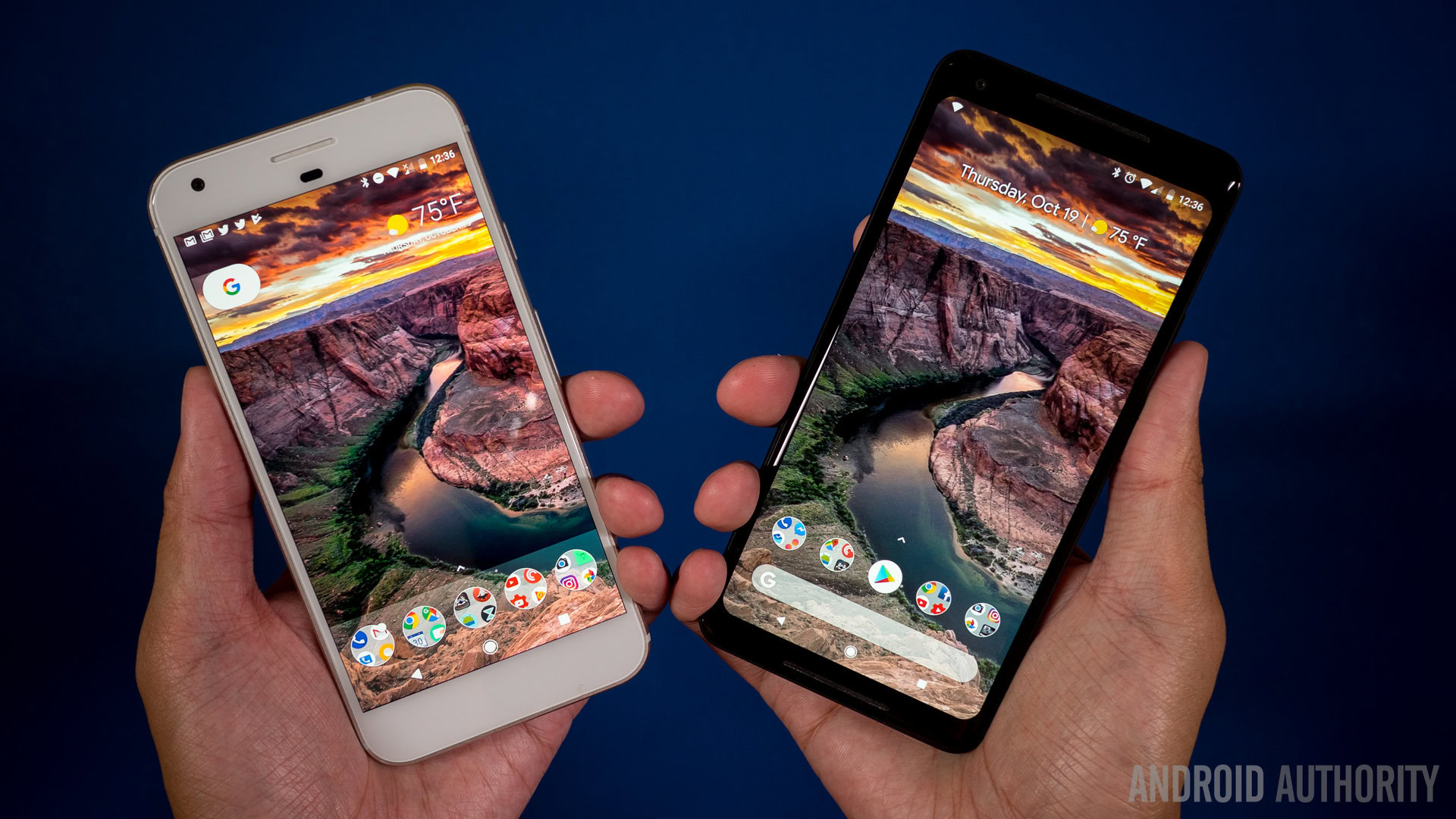
Google’s follow-ups their first flagships, the Pixel 2 and Pixel 2 XL, are finally out. By most accounts they’re great phones, but how do they stack up to last year’s model? The original Pixels were well received, but they weren’t perfect, and we want see what improvements have been made to the Pixel formula.
Following up on our Pixel 2 and Pixel 2 XL review, this is the Google Pixel 2 XL vs the original Pixel XL.

Last year’s Pixel set a precedent. Google jumped into the hardware game and really gave Android a place to call home. The phone wasn’t without issues, though.
The Pixel definitely wasn’t the most attractive phone. A glass panel on the upper back portion seemed like an odd choice and, aside from the Really Blue version, there wasn’t much else exciting about its looks.
Maybe we needed a little bit of time to get used to it, but the glass panel has definitely become a staple of the Pixel line of devices, including more than just phones. And the glass window looks better on the Pixel 2 XL – actually, we think the new Pixels look miles ahead of the originals.
The feel and handling of the new Pixels is helped along by a coating that gives the phones more texture and grip. They aren’t the most unique looking phones, but their somewhat generic simplicity proves to be endearing.
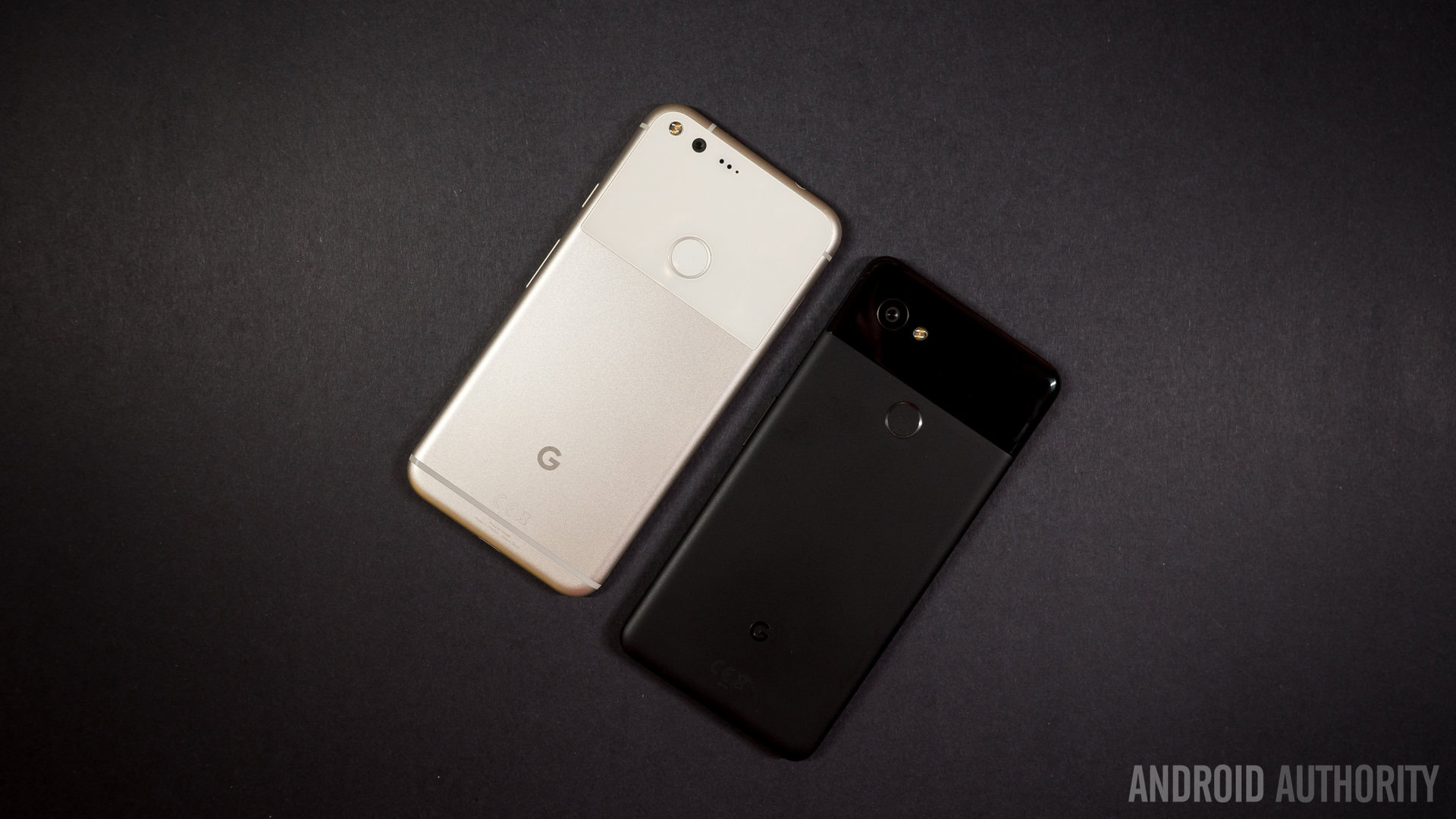
The phones’ design elements are there for obvious reasons, without any flourishes. The bezels are far more acceptable on both Pixel 2s, though the smaller one had to keep the forehead and chin pretty big to fit the front facing speakers.
Minimalism might be the Achilles’ heel of the Pixel 2
Minimalism, however, might be the Achilles’ heel of the Pixel 2, as Google decided to shave off the 3.5-millimeter headphone jack. This is a controversial move for any phone. If you are still using the original Pixel, might might be one of reasons not to upgrade. We think you’d be missing out, though. Pixel 2 XL users can upgrade to the 18:9 aspect ratio screen, which is easier to handle thanks to its smaller side bezels and slender form factor.
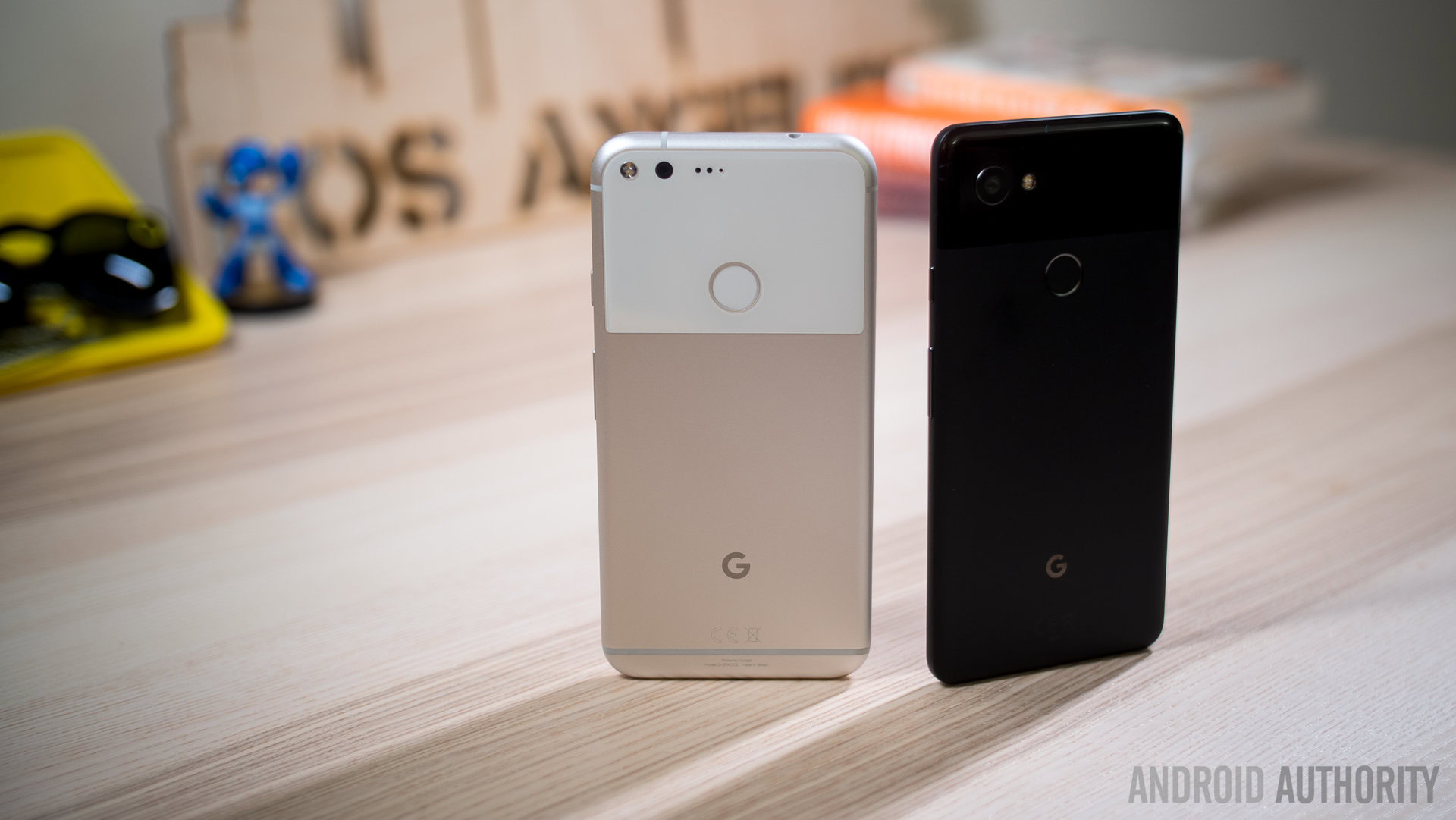
The screens are a big difference between iterations. The larger Pixel phones both sport Quad HD displays, but the shift to an LG-supplied OLED screen for the Pixel 2 XL has proven to be a little rocky. We can actually use the original Pixel XL for comparison, because that phone uses a Samsung OLED that has received no major criticism. Saturation seems to be dialed back on the Pixel 2 XL, which might be a bummer to those who are used to OLED panels pumping out a ton of colors. The Pixel XL is also a bit brighter.
Another problem with the Pixel 2 XL has to do with the viewing angles. While we have yet to figure out why, the colors on the display get cooler (and turn somewhat blueish) when viewing it at an angle, and it doesn’t even have to be an acute angle. The viewing experience on the Pixel 2 XL is still enjoyable and doesn’t even fall very far behind the original. If you’re heavy into VR, this might require a bit of consideration but even then, we don’t think it’s a huge deal.
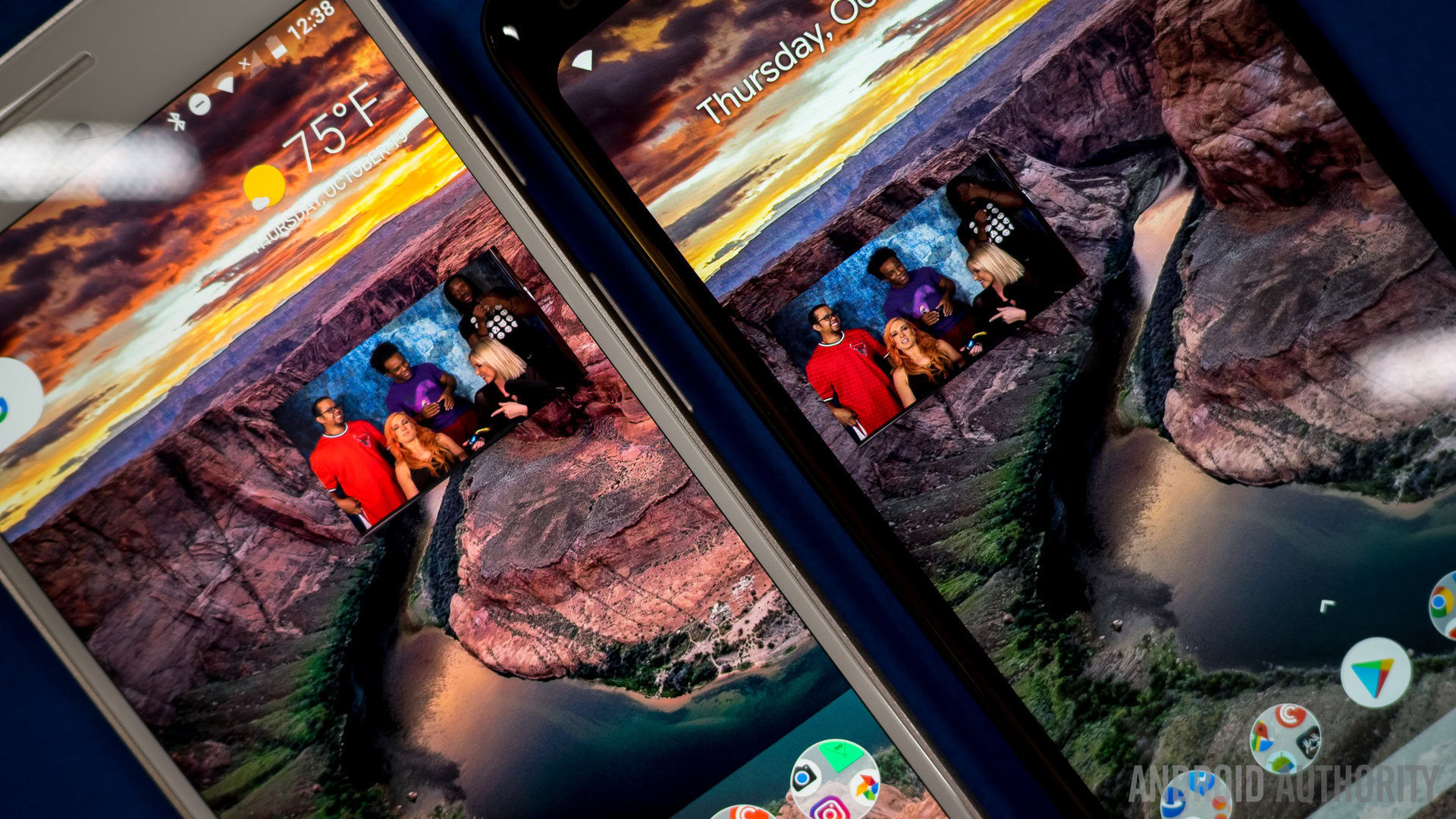
So now, let’s get beneath the surface. The Pixels both sport the best processing packages of their respective release years, with the original XL rocking the Snapdragon 821 and this year’s device rocking the 835. The rest of the specs are unsurprising with 4GB of RAM and high storage capacities available for higher prices in either case. Neither phone has SD card slots. The Pixel 2 XL’s battery is a tiny bit bigger, but we didn’t have much trouble with the original Pixel XL and the same seems to be the case with the 2 XL so far.
Full details: Google Pixel 2 and Pixel 2 XL specs
These specs are supported by a greatly streamlined version of Android, which many users agree is the whole point of any Google-branded device. To that end, the software has been an absolute joy, not just because of the updates to Oreo, but because of how the Pixel 2 XL takes advantage of them.
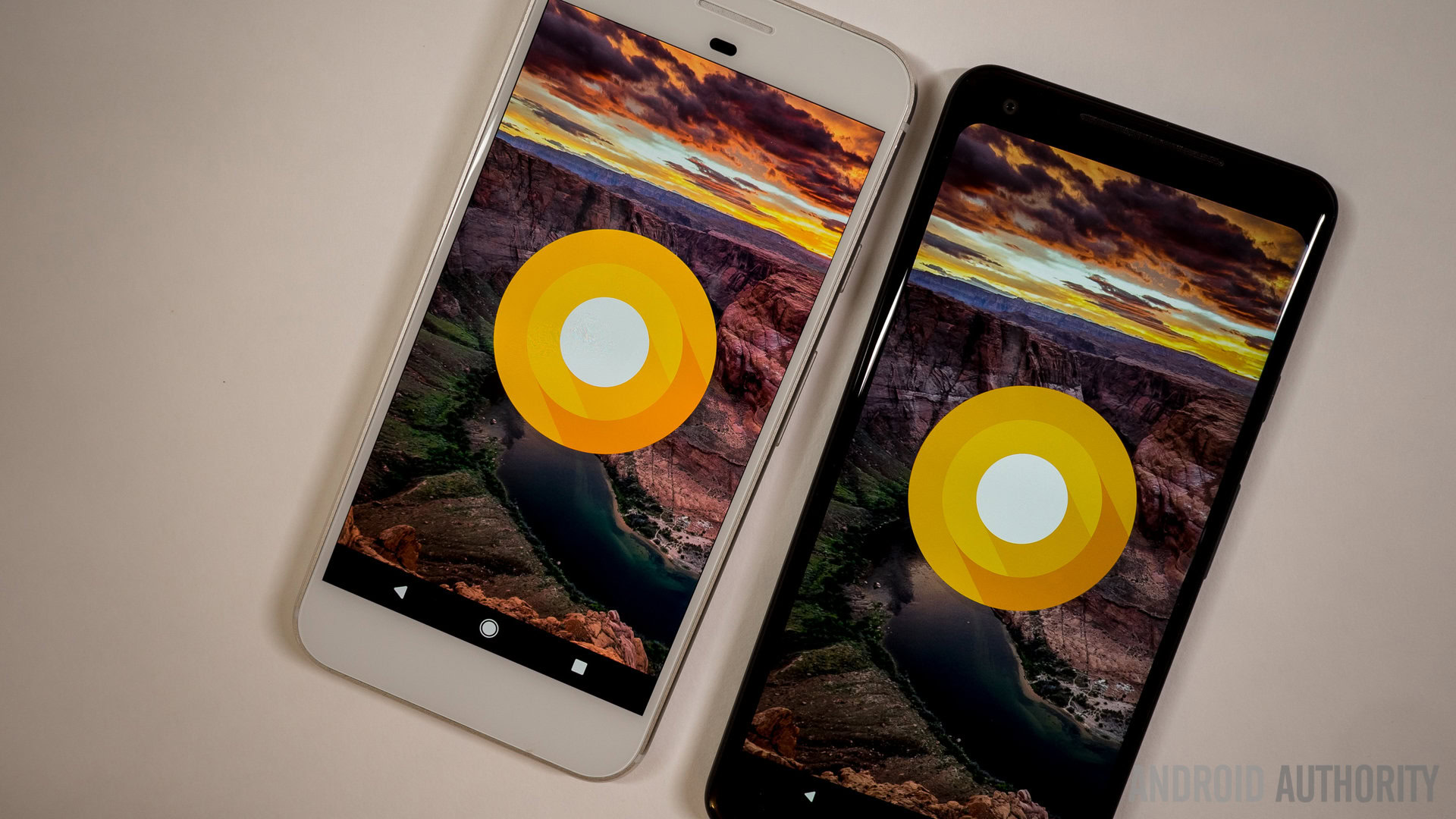
We’re already using Active Edge more than any other method of launching Assistant
Sure, you can update the original Pixel to the latest version of Android, but it won’t be the same experience. Google has added in just enough to make the Pixel 2 feel significantly different. Case in point, the Active Edge. Squeeze the bottom half of the device and the phone will immediately launch Google Assistant. Considering the search bar is now at the bottom of the launcher, and you can still hold the home button down or use the “Okay Google” hot-word, there are plenty of ways to launch the Assistant. But we’re already using the Active Edge more than any other method. Simply take the phone out, squeeze, and say anything you need – whether you’re googling something, checking your agenda, or even opening applications, Google Assistant can make it happen. The Active Edge tangibly improves user experience and convenience in the transition from Pixel to Pixel 2.
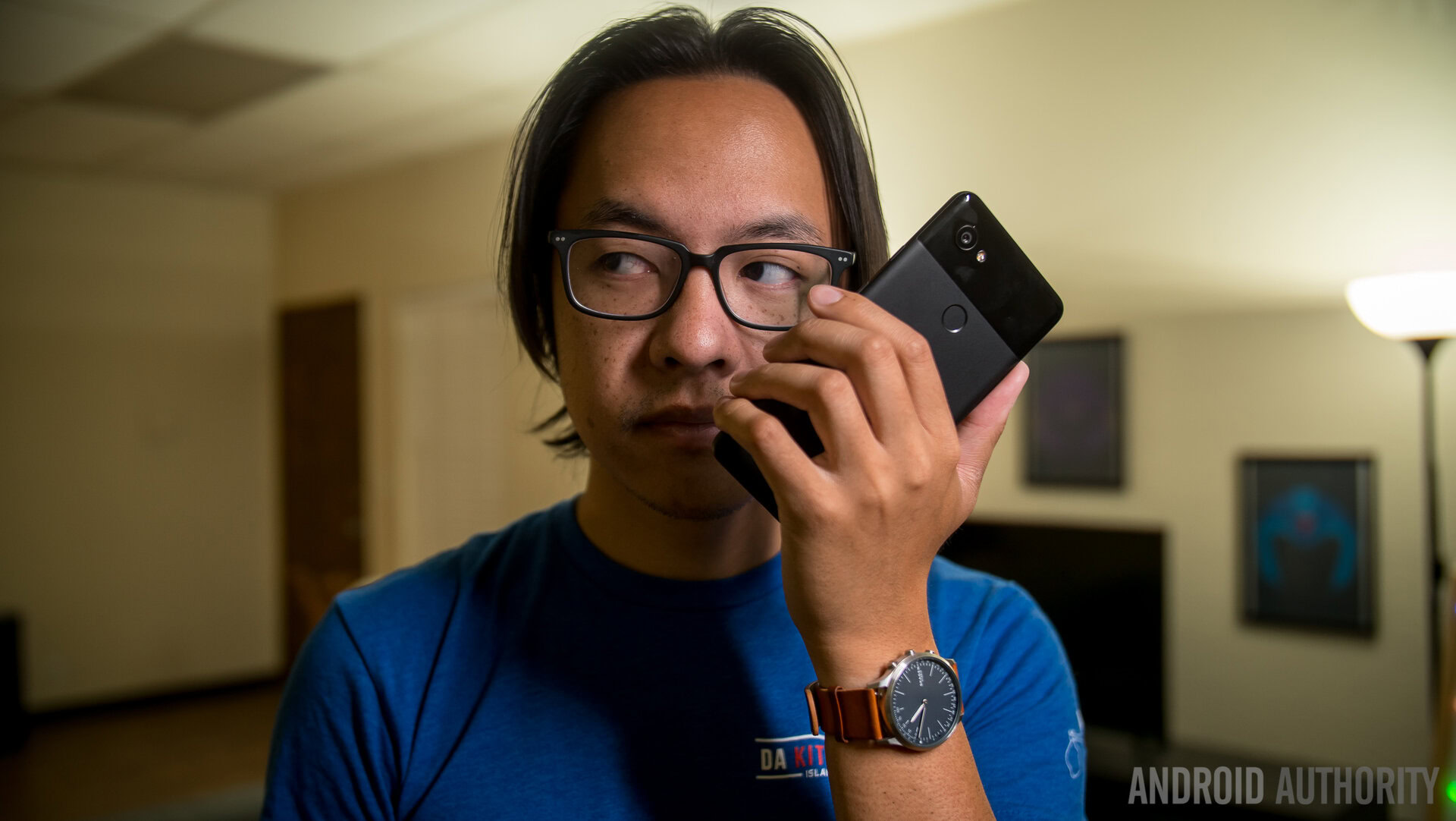
Other software additions include the Now Playing feature in the new Always-on Display, both features that the Pixel 2 gained over its predecessor. The Ambient Display feature of the original Pixels was fine and could be triggered pretty easily. But having certain information available at a glance is a small luxury that stock Android can finally provide in this year’s phones.
Now Playing is always actively listening for music so that it can display the soundtrack of your life, which has already come in handy plenty of times. Those songs definitely sound better on the front facing speakers of the Pixel 2, which also improve the mobile gaming experience.
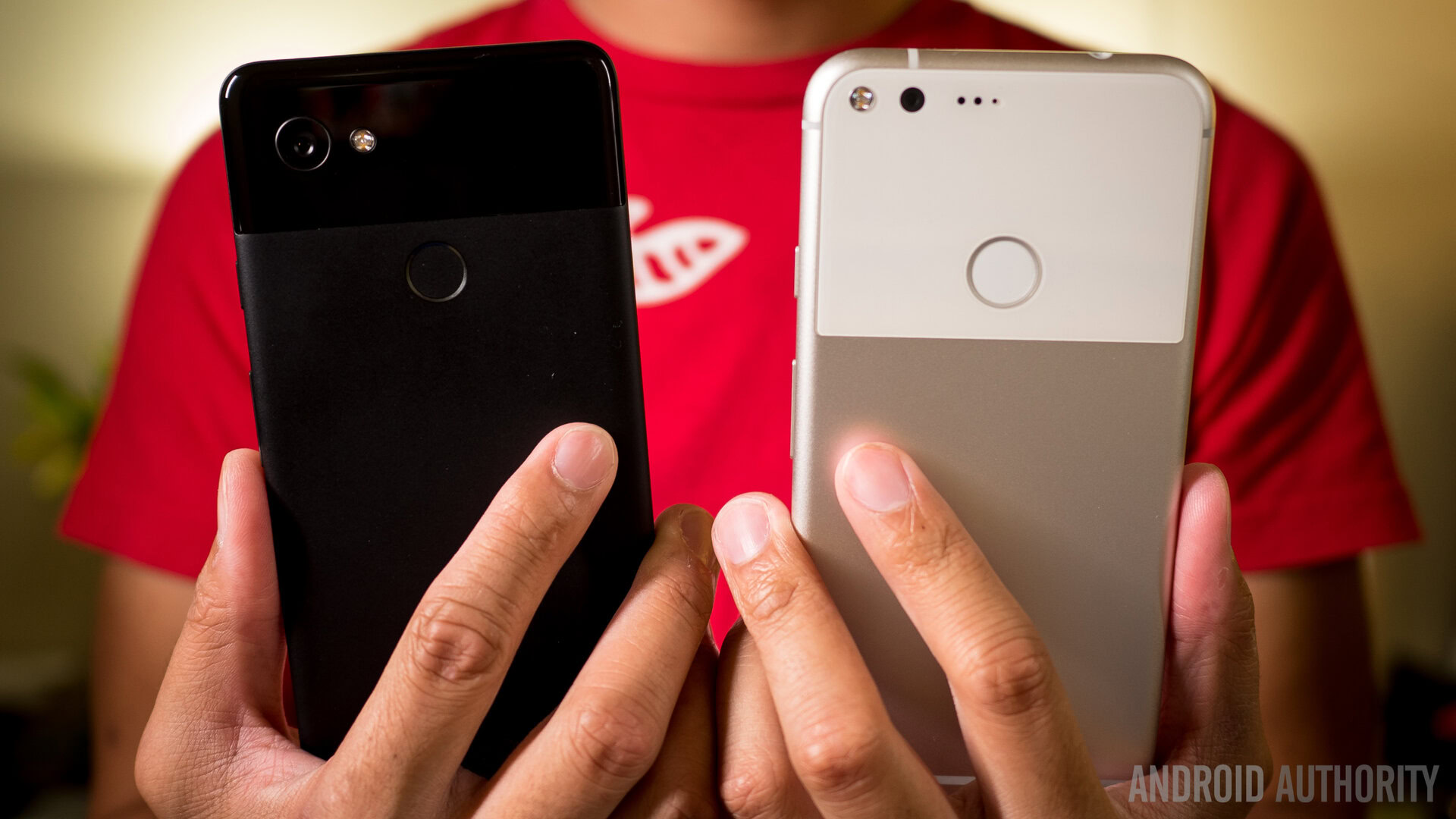
Last year’s Pixel was lauded for having a great picture experience The highpoint of last year’s camera was the addition of HDR+, an always-on mode that attempted to add a pleasing saturation to what was already a highly detailed and accurate photo. Photos from either the 12MP rear shooter or the 8MP front-facing camera were somewhat enhanced and Google’s software proved very finely tuned.
The Pixel 2 camera gets high marks pretty much everywhere
Google continued developing its camera software this year to great effect. The megapixel is the same, but the apertures are even better. There’s no dual camera on the Pixel 2, because Google is incredibly confident that its data-driven image processing still provides detailed and pleasing photos. They’re not wrong, either; the pictures from the Pixel 2 are simply stunning. Photos are detailed even when zooming in, and the extra saturation means you’ll be able to use the pictures for more than just forgettable social media posts.
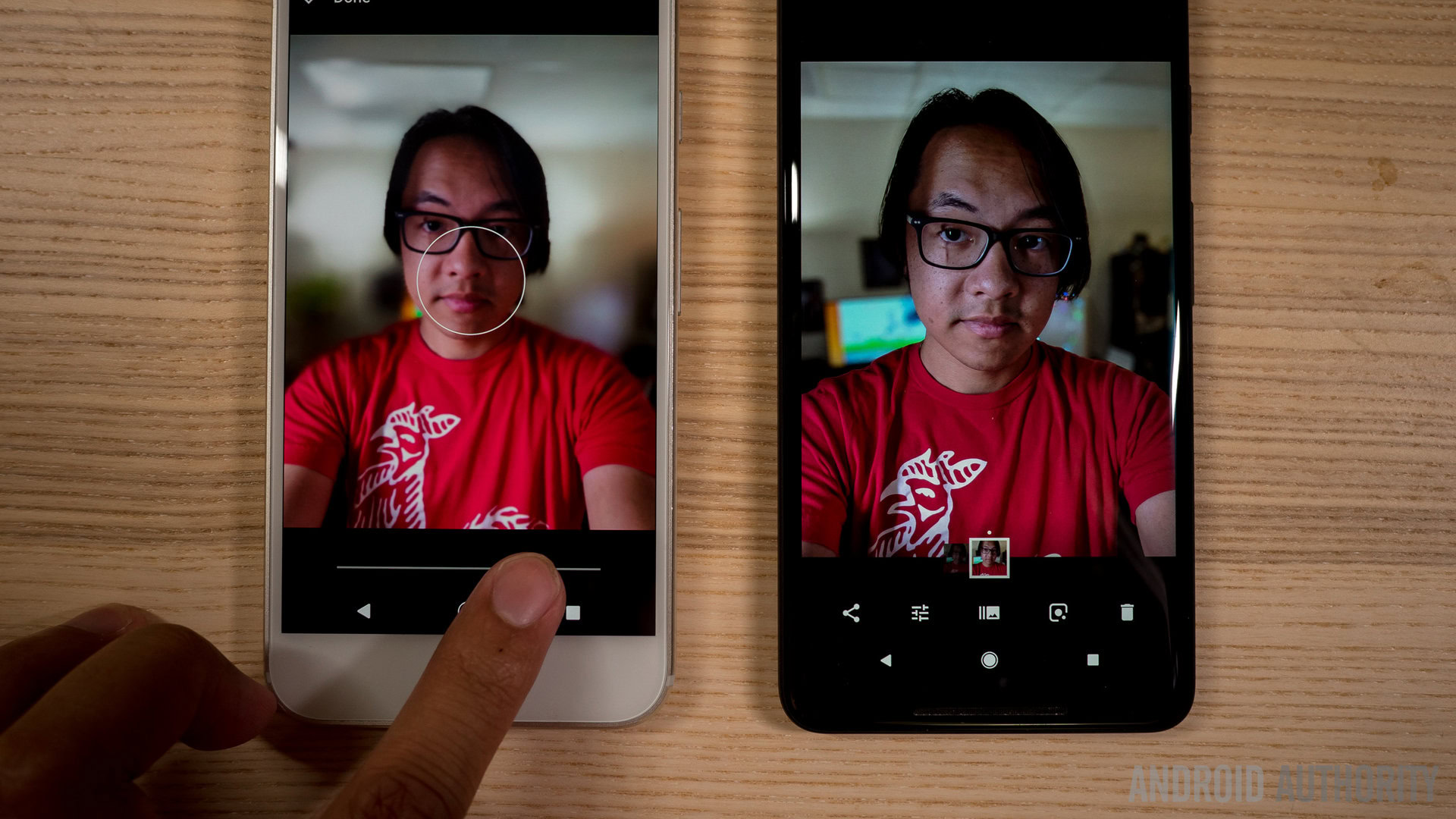
Portrait mode in particular is interesting because Google decided it didn’t need a secondary zoom lens to achieve it. The background bokeh effect is obviously artificial to the trained eye, but it’s nice to achieve it without having to move the phone in an upward arc like with the Lens blur from the previous generation. The best part is it works for the front-facing camera, as well. The Pixel 2 is probably the phone that all selfie addicts will want thanks to this portrait mode, but even without it, the 8MP shooter is a marked improvement from pretty much any other front-facing camera.
Google Pixel 2 XL camera samples
Google Pixel XL camera samples
For anyone that just wants to hit a button and get great results, either of these phones will do the job and do it well. But portrait mode is sure to be an invaluable tool for selfies and it’s available in both the Pixel 2 cameras.
So, there you have it. The Pixel 2 XL introduces a lot of improvements over the Pixel XL. The choice is pretty simple when you factor in the improved camera experience and the additions Google made to the already great Pixel formula. They even managed to make a phone that looks at least halfway decent this year. The little missteps like the lack of headphone jack and the weird screen issues might put some off. But the drawbacks are greatly outweighed by the overall experience of the Pixel 2.
Now read: Google Pixel 2 XL vs Galaxy Note 8
If you want a reliable, speedy, and simply great Android experience for an affordable price, getting your hands on a discounted Pixel XL is the best option. For everyone else, the Pixel 2 XL is the clear winner.
Thank you for being part of our community. Read our Comment Policy before posting.